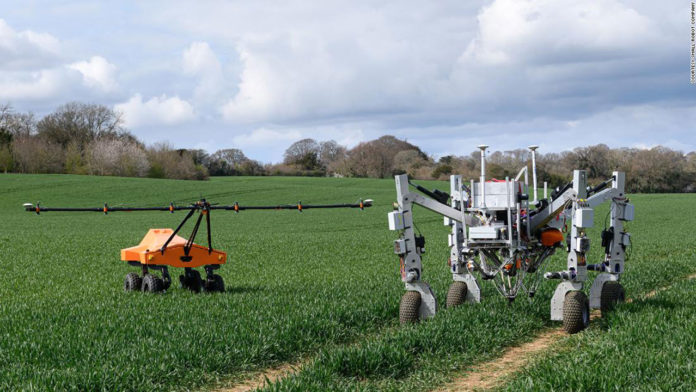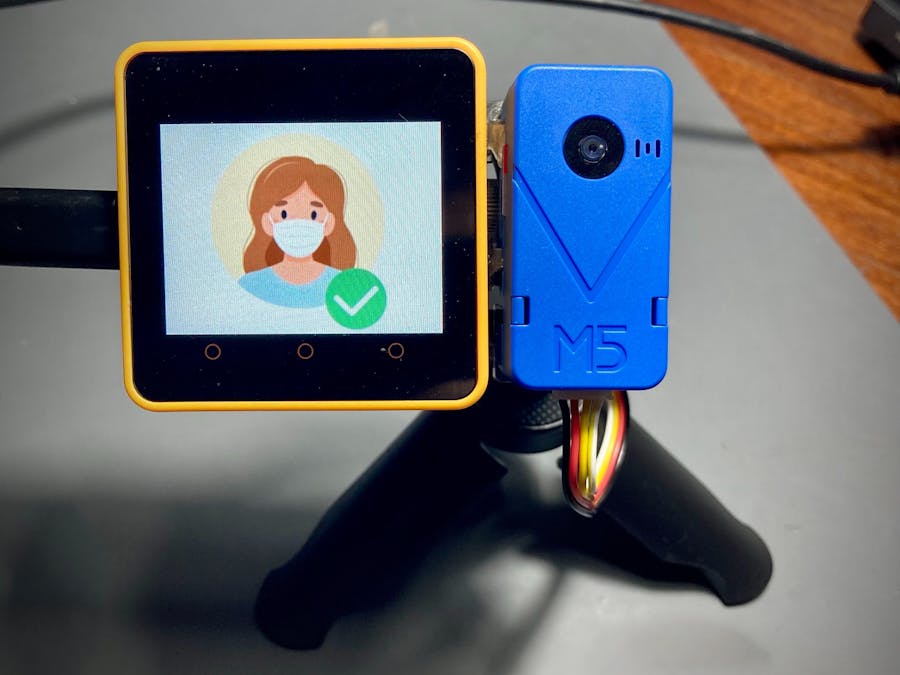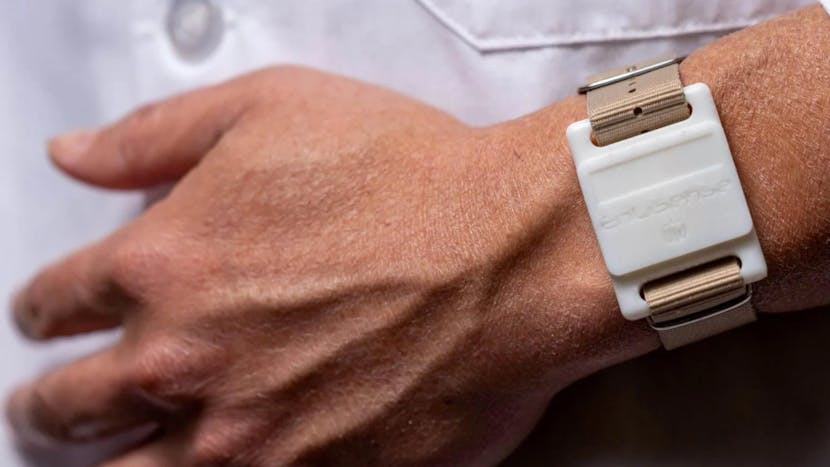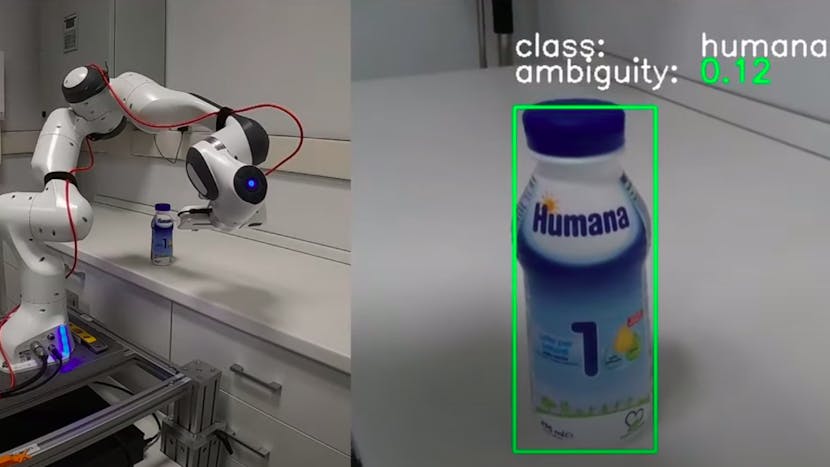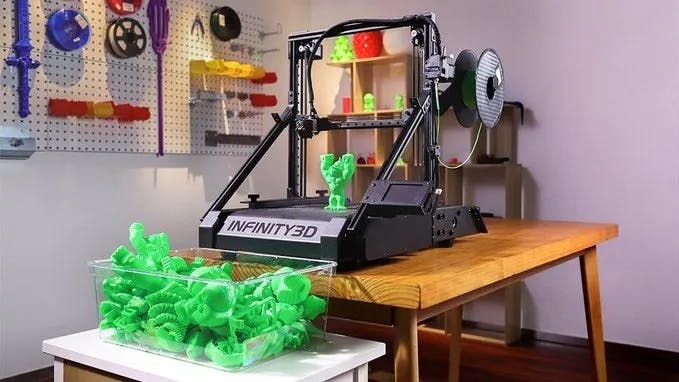Earlier this year multiple startup companies announced they were aiming to bring edible chicken created from stem cells to market by 2022. For an eyebrow-raising price. Now, researchers in Japan say they’ve 3D printed a version of Wagyu beef: i.e. meat from the eponymous Japanese cattle, which is famous for its marbling and how much it costs. Which we can only assume will be far less if/when it starts coming from 3D bioprinters.




